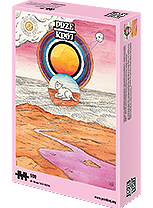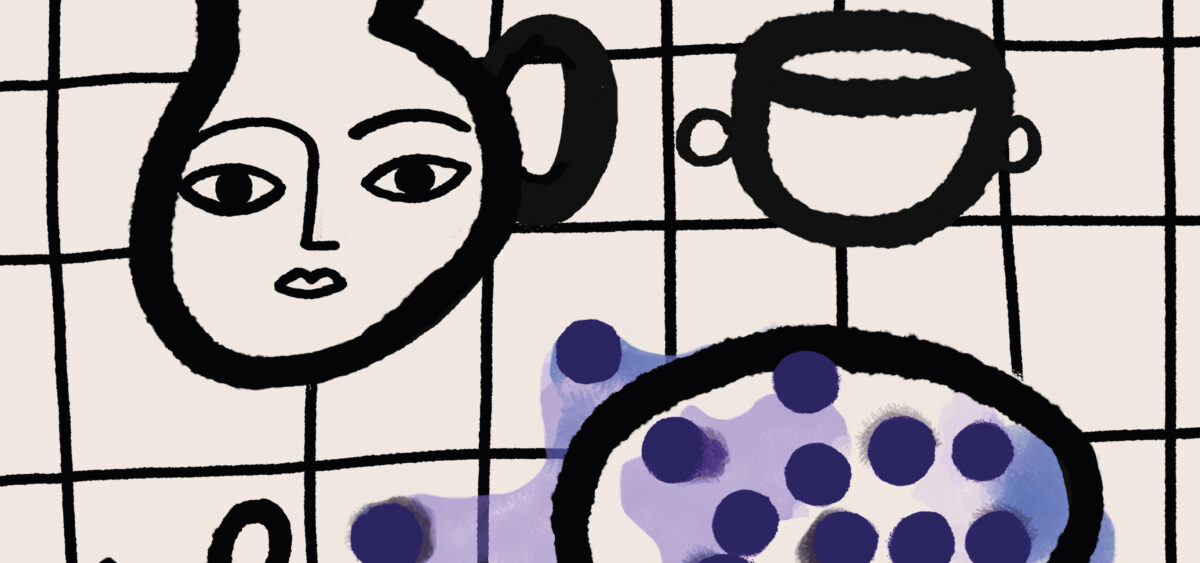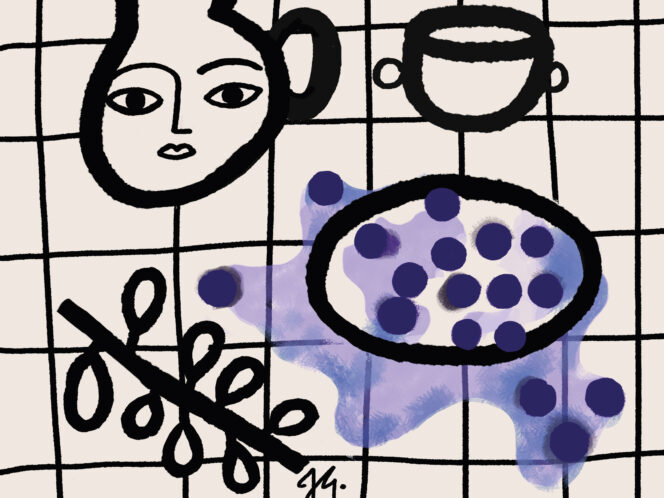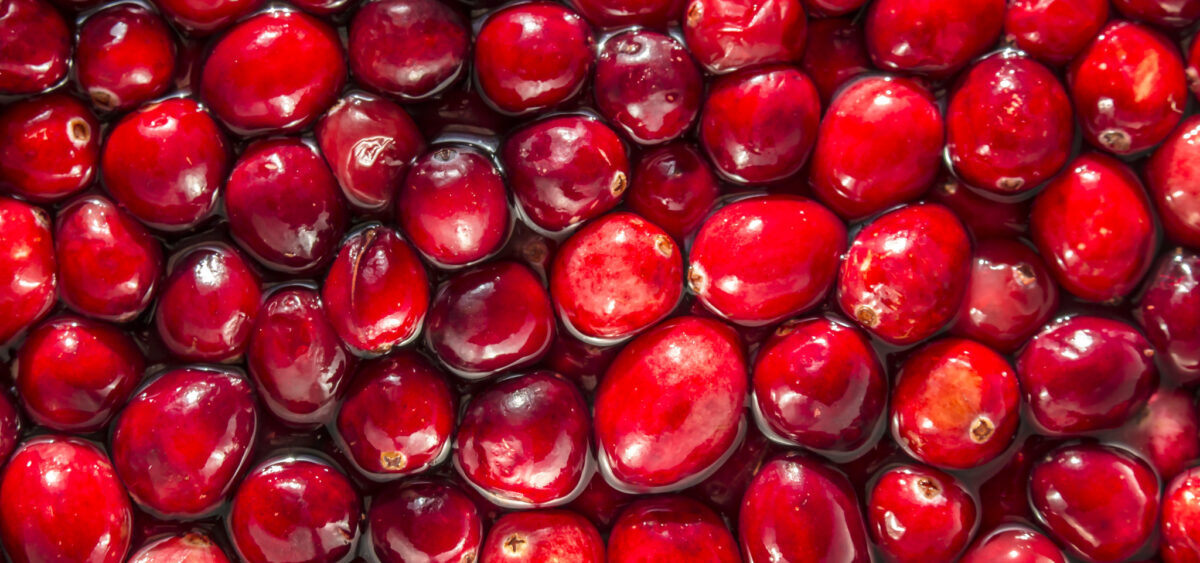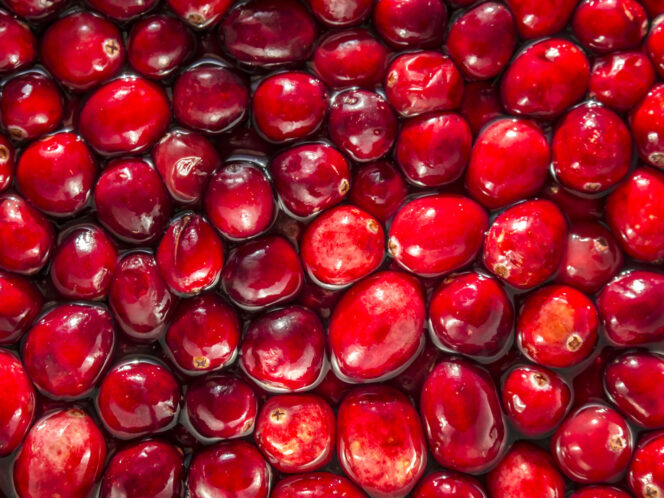
Even though they have found their way to Western tables fairly recently, they boast a long and rich history. They have remarkable health properties and are so beautiful that they are no less deserving of a place in the Tretyakov Gallery than the currants painted by Fyodor Petrovich Tolstoy.
We met in Kamchatka, a peninsula in the Russian Far East. After five days of backpacking across the Nalychevo Nature Park—through heaps of volcanic sand, glacial tongues and cold streams, meadows up to the waist, muddy thickets and a bamboo forest—I finally came out on a path with some shrubs, ordinary-looking and knee-high. They were Kamchatka berries, the Russian variety of a fruit known most commonly as the honeyberry.
It is impossible to describe how someone who has eaten only bread and canned food for a few days feels at the sight of berries—it has to be experienced in person. Generally speaking, one’s entire being turns into a drooling mess. It was June. Some fruits of the honeyberry were already purple, giving away their maturity. They tasted tart, sour, and wonderful; even when fully ripe, these berries are not completely sweet.
Caviar Canapés
The climate on the Kamchatka Peninsula is harsh, characterized by a long winter and a fairly short spring-summer period lasting about three months. The latter gets spoiled by cyclones from the Pacific, so agriculture does not exist there. Fruit and vegetables are imported from elsewhere in Russia, and mostly by air, since Kamchatka has no rail connection to the rest of the


